Behringer 112 Dual VCO, a Roland 100M oscillator clone in Eurorack seems to be the perfect entry-level osc module, but there are tuning problems you have to know
The new Behringer 100 Euroack modules are best-sellers. This doesn’t surprise me: you get the vintage analog sound of the iconic Roland 100M modular system in Eurorack format for under 500€ or as individual modules for the price of a plugin. The modular entry-level was never been so affordable. Ok, not quite right, if you can solder, you can enter the Eurorack even cheaper with DIY kits.
Back to the actual topic. According to a lot of comments on social media, the Behringer 112 Dual VCO has major tuning issues. Further, they say that this problem cannot be solved by a simple recalibration of the module. I don’t have a 112 Dual VCO myself, sorry Uli, but if I had this specific problem, this would be a reason to send it back. Oscillators can have their quirks, but the tuning has to be right.
Funny, the 512 module, Roland’s Eurorack version made in collaboration with Malekko, has similar. tuning problems. Also here, I can’t verify it. All of this indicates that Behringer’s fault is not to be assumed here, but rather the not perfect circuit design of the Roland 100M system. According to some vintage synthesizer connoisseurs, the Roland 100M VCOs weren’t known for perfect tuning either. One of the buyers of this module is Tony from Oakley Sound, who is an expert in circuit design. He published a huge report on error analysis and found some issues on the Behringer 112 VCO.
This report is also one of the reasons why I am writing this article. It is not about an attack on Behringer or Roland. The point is to warn potential buyers that there may be problems with these modules (Behringer 112 Dual VCO & Roland 512). Tony tried some solutions in his detailed report and finally came up with one that requires a lot of DIY.
No fake news dear Behringer but I can neither verify the claims of the problems and possible solutions because I’m not an owner of the 112 Dual VCO. What I can say, I noticed the increased comments about tuning problems everywhere. I cannot currently confirm whether this was only a problem in the first batch or whether it has already been fixed by Behringer. That not everyone complains about it, I find it a bit strange. Or just a few Monday devices with this problem, as happens in every company, even Boutique developers like Moog Music.
Oakley Sound’s Technical Report
Here is the entire post from Tony from Oakley Sound, and note, it’s a deep technical report
So I bought Behringer ‘s 112 dual VCO module – which is a clone of the classic Roland 100M module of the same name. I wanted to see why so many people had made comments about it not being in tune, and once recalibrated, it didn’t stay in tune. Straight out of the box mine did indeed not play in tune. But what was interesting to me was that both VCOs were equally out of tune. This suggests that they are probably calibrating the modules but something is off (see later).
Most of the surface mount electronic components are on the underside of the board. However, there is a good chunk of circuitry on the front side of the board where it has to squeeze in between the sockets, switches, and pots. One of the VCO cores is on the underside, the other is on the front side. There are also many single turn trimmers on the front side of the PCB.
The circuit appears to be a straight copy of the Roland M-112 with a few exceptions. Being made for Eurorack the Behringer is run from +/-12V while the original ran from +/-15V, so there are various resistor value changes. In the Behringer all of the op-amps are 4580 except for the VCO cores which use TL072s. The Roland used a mixture of TL082 and 4558. The only additional bit of circuitry that I can see on the Behringer is a dual comparator circuit that beefs up the sync input signal so that it reliably synchronises the VCOs no matter what the input waveform. An excellent addition.
Like the original, the sawtooth and pulse waveforms are unipolar and move between 0V and +10V. The triangle wave is bipolar and is +/-5V. Personally, I would have liked to see the Behringer use fully bipolar waveforms as many other modules in Eurorack expect to see +/-5V audio waveforms. Any DC coupled modules will easily overload with two +10V sawtooth inputs for example. Sadly the unipolar pulse wave on the Behringer is created by using a diode shunt to 0V. Whilst in the original this was fed with a 4K7 resistor, to make it work with +/-12V, Behringer have used a 1K2 resistor. This rather low resistance will create a rapidly changing additional peak load on the power supply of -8mA per VCO.
To modify the unit so that all the waveforms are bipolar is not an easy task – not only because all the resistors are tiny 0402 types, but because all the components needing to be changed are on the top side of the board bar one. This means that to desolder and solder you need to get your soldering tool in between all the pots, switches and sockets. I have done easier jobs. The changes I made are as follows:
Remove D2, D3 Make R28, R25 both 4K7 (0402) Make R3, R72, R9, R81 all 5K1 (0402)
The tune controls on the Behringer each span over 2 octaves. This makes it very hard to fine tune the VCO – especially since it’s very easy to brush against this control by accident and cause it to go out of tune horribly. The original had a more restricted 1 octave span. Given the similarity between the two units I am surprised at this change. To modify it back to the original behaviour the resistors needing to be changed are to be found on the top side of the board next to the wipers of the tune pots. I swapped the 1M 0402 resistors with 2M2 0402 resistors.
The original unit uses +10V and -10V references internally. These are created by a simple series pass regulator based around a dual op-amp and a reference diode. The Behringer uses a similar circuit but it should be noted that if the +12V power rail falls below 11.6V the +10V output will fail to stabilise and starts to oscillate. Although a 400mV discrepancy on the main power supply is unlikely it is only a 3.3% drop from the nominal value and not impossible. I may change mine to use +/-9V references at some point to give the module a bit more resilience to power supply tolerances.
The multiturn trimmers on the underside of the module allow for users to tweak their module to the standard 1V/octave input. Unfortunately, the quality of the trimmers on my unit were very poor and it was difficult for me to set the tracking and, in particular, the absolute pitch properly. The trimmers appear to be poor clones of the industry standard Bourns 3296Y. I have replaced all four on mine with the better Bourns parts.
The original 112 module used the uA726 heated matched NPN transistor pair in the VCO’s exponential convertor. The heating aspect allows the
transistor pair to sit at a constant temperature even when the surrounding temperature varies. Without this constant temperature the scaling of the exponential convertor will drift and the VCO will fail to track accurately across the keyboard when the ambient temperature changes. There are other ways to achieve acceptable temperature stability; for example, one can use a temperature sensitive resistor in the CV summing circuit that counteracts the change in the scaling of the exponential convertor.The uA726 is no longer available, and was expensive even back then, so Behringer have the used the LM3046, which contains five NPN transistors on one silicon die, two of which are pretty well matched. Because the Behringer uses only one LM3046 for both VCOs it is not easily possible to heat it and control its temperature, so other forms of compensation should be used to avoid scaling drift with temperature. Sadly, no other compensation that I can see is provided on the Behringer 112, and as such the scaling and tuning will drift as your room and/or your modular case warm up or cool down. I could trim my 112 VCO module to track well, but some time later it would be off again. This is probably the cause of all the tuning problems that people have been encountering. And probably the reason the new units are not scaled correctly, since the factory calibration is being done at a different temperature to that which is inside people’s rack cases
This was pretty unusable to me, so I modified the circuitry considerably to incorporate a couple of Akaneohm 1K +3300ppm/K PTC resistors (see photo).
The following changes were made: R126, R131 both 56K (0603) R115, R109 both 33K (0402) VCO1 Width, VCO2 Width trimmers both 10K 3296Y Remove R116 and R108 Fit two PTC resistors to top of IC3. One between pin 2 and 0V, the other between pin 9 and 0V.
In summary, this could be a good module and at a great price. However, the major tuning problem and some of the less serious niggles would stop me in recommending this to anyone unless they are prepared to do some serious DIY modding. This is a real shame because their Dual Filter module from the same range is pretty good.
Edit: in the last few hours since the article was online, it has crystallized out that the 112 Dual VCO is very temperature-dependent. That is certainly not an optimal situation. There are also some users who have successfully calibrated the module with the help of the trim pots on the backside and can play it properly over a few octaves. Not for some. I guess it’s a matter of luck how the oscillator behaves in the case.
Either way, it’s not that easy a job to give the module a clean tuning. If you have one with this problem, starts with the trim pots, if that doesn’t work, send it back or mod it (only for musicians familiar with advanced DIY’ing) I am curious whether there will be a reaction from Behringer to this problem. Or whether it was developed on purpose because they wanted to revive it as authentically as possible. Let’s see…
More information here: Behringer
Behringer modules are available at our partner

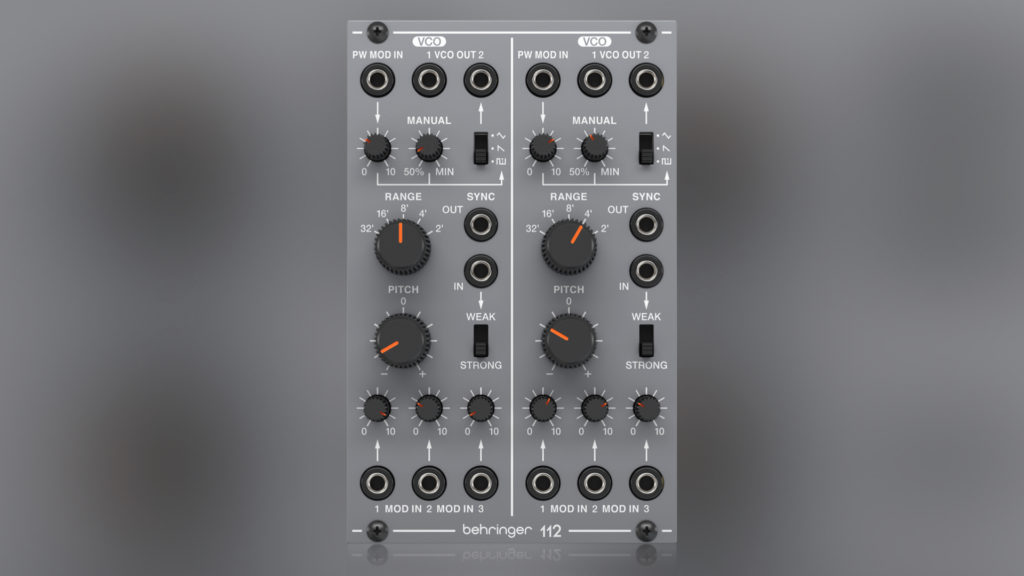
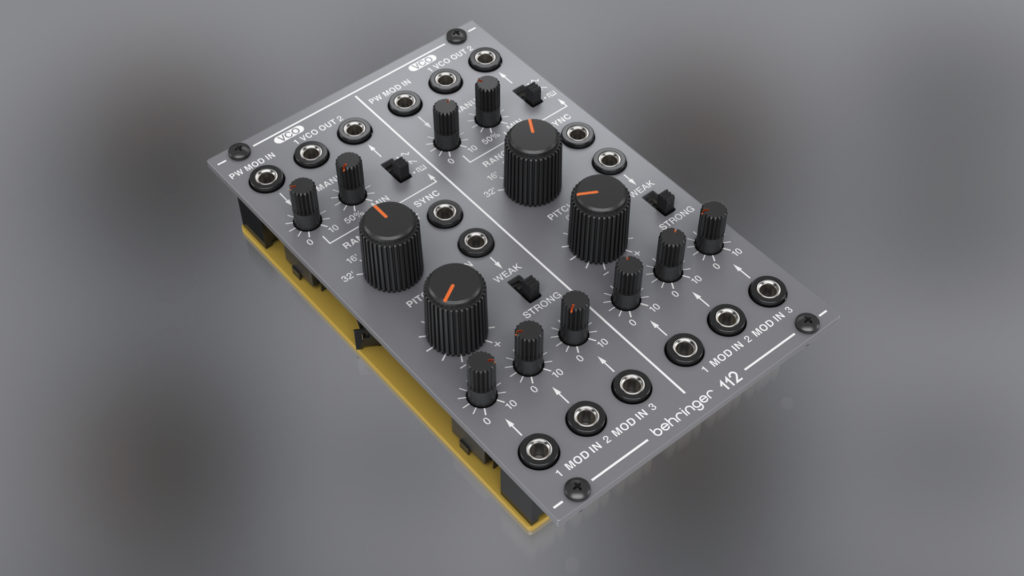
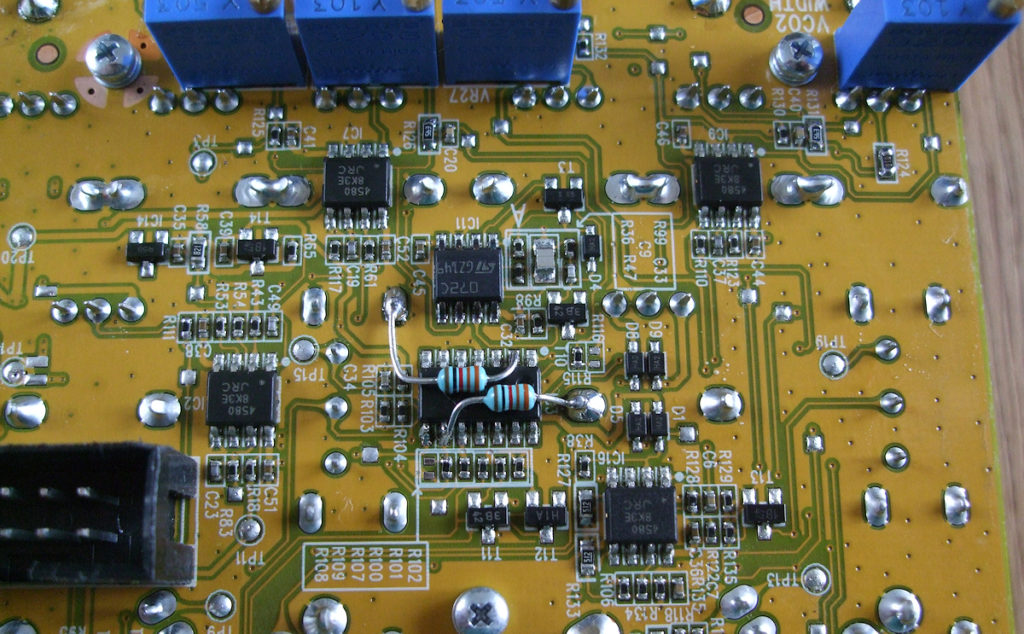
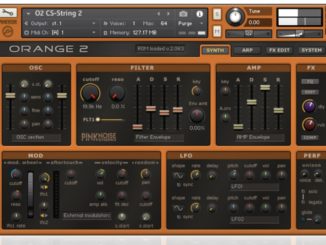
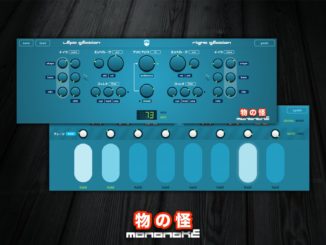

Be the first to comment